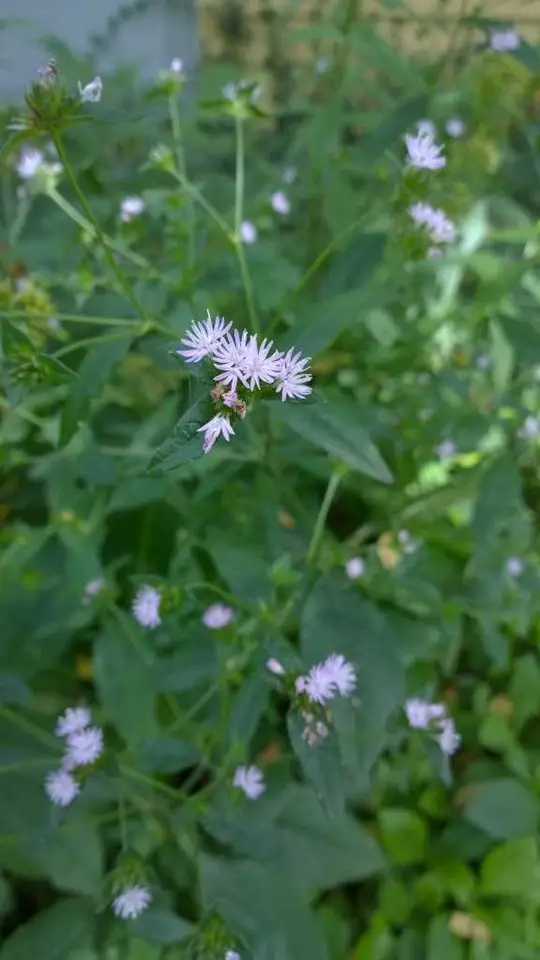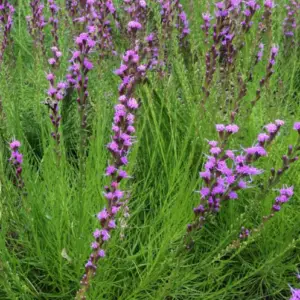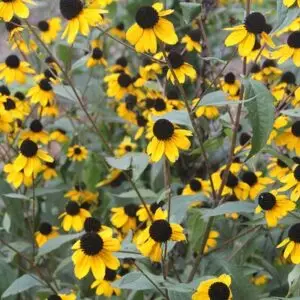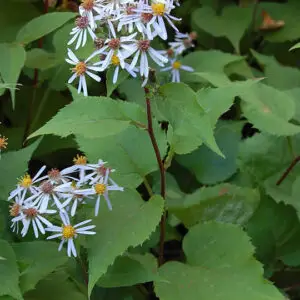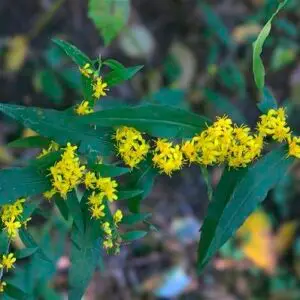| Size | 4" Pots for Preorder Only, Trade Gallons, Two Gallons, Three Gallons |
|---|
Elephantopus caroliniana – Carolina Elephantsfoot (B&B.DR.EC.GRD.H.NB.OP.RR)
$15.00
Ecosystem Services:
(B)-Birds (B&B)-Birds & Butterflies
(BTF)-Butterflies (BW)-Black Walnut Resistant
(DR)-Deer Resistant (DRGHT)-Drought Resistant
(EC)-Erosion Control (EVR)-Evergreen
(FC)-Fall Color (FRG)-Fragrant
(GRD)-Groundcover (H)-Host plant
(HMR)-Hummingbirds (M)-Mammals
(MTH)-Moths (N)-Nectar
(NB)-Native Bees (NST)-Nesting Material
(OP)-Other pollinators (RR)-Rabbit Resistant
(SHWY)-Showy (SPC)-Specimen Plant
Easily grown in average, dry to medium, well-drained soil in part shade. Best on dryish, sandy soils. Tolerant of some full sun. Has the potential to become aggressive and weedy in garden settings. Elephant’s foot, is a herbaceous perennial native to the southern United States where it is found growing in low woods, along streambanks, roadsides, and in pastures.
Valued for its late summer to fall bloom and large, attractive lower leaves. Bloom consists of many small flower heads which are arranged in compound inflorescences. Each individual flower head is subtended by (rests upon) leafy bracts and contains 2-5, tubular, pale lavender disc florets. When in full bloom, an entire inflorescence may be mistaken for a large, single bloom. Although a member of the composite family, the flowers of elephant’s foot are not daisy-like in appearance because each flower head contains only disc flowers. Similar in appearance and closely related to the ironweeds (genus Vernonia).
Host for the Cremastobombycia ignota moth. Large lower leaves can form a nice ground cover if plants are massed.

